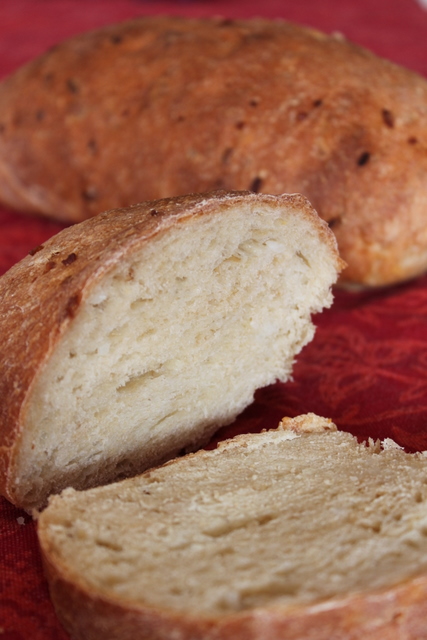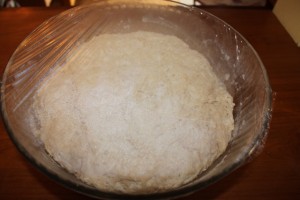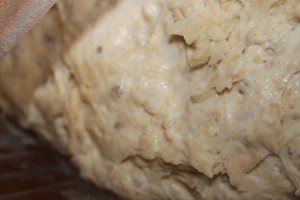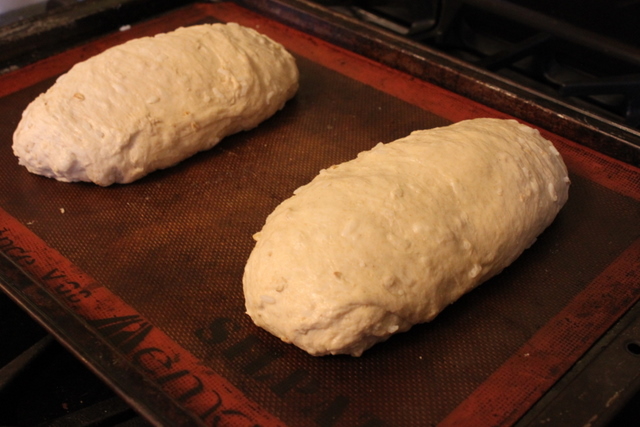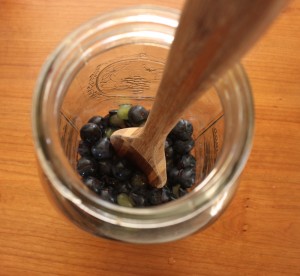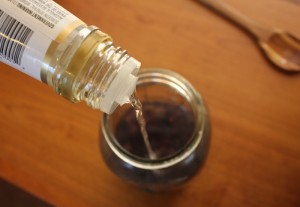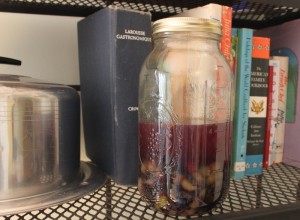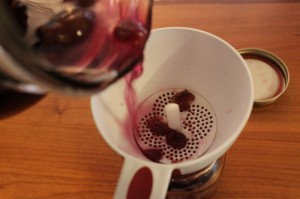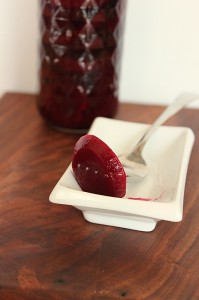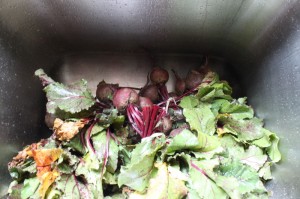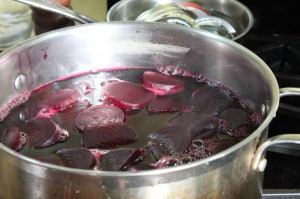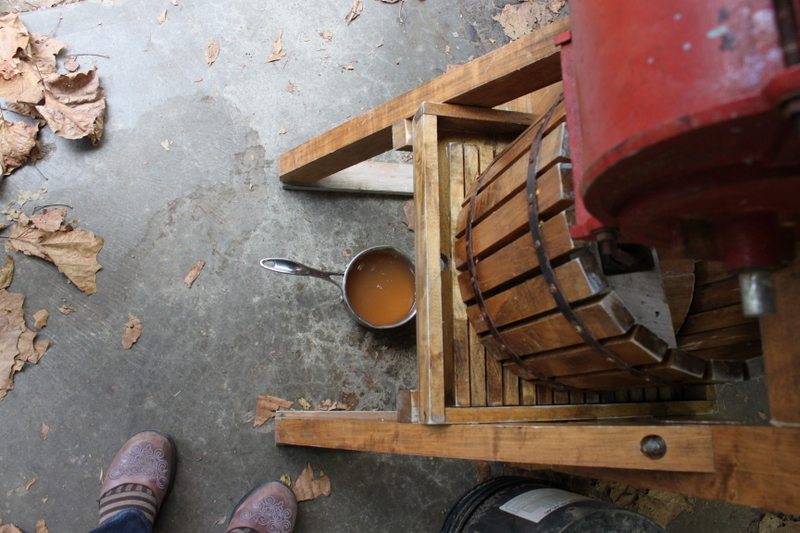 We at Hounds in the Kitchen have many things to be thankful for this year: family and friends, a garden that filled our pantry with home canned goods, a dog finally healed, and new projects like cider pressing.
We at Hounds in the Kitchen have many things to be thankful for this year: family and friends, a garden that filled our pantry with home canned goods, a dog finally healed, and new projects like cider pressing.
On Thanksgiving, especially, we are thankful for animals that give their life to feed us.
In turn, we use every bit of the nutritious goodness in each animal we cook. When we buy, brine, cook, and carve a turkey, we first enjoy the meal.
Afterward, we consider the gift left in the carcass: turkey stock makings.
To release the final delicious tastes and nutrients from the bones, use a cleaver or kitchen shears to chop the bones into manageable pieces. Break the breastbone, and un-joint all previously joined bones. (If you aren't ready to make stock, bag all the bones in a ziploc and store in the freezer until you want to proceed.)
Brown them in a large stock pot (or roasting pan or deep skillet) over medium heat with a little olive oil for fifteen to twenty minutes.
Add water to cover, one to two roughly chopped onions, a few bay leaves, and a tablespoon of salt. (If your bird was heavily or lightly salted to begin with, adjust salt here.) Bring to a simmer.
Move the pan to the oven and cover it. Cook at 200 deg F for six to ten hours or overnight. The oven is preferable to the stove top because it keeps the water just at simmering.
Cool and strain the bones, herbs, and onions from the bone broth This stock method releases the gelatin from the bones, creating a stock with creamy smooth mouth feel and rich deep flavor.
Keep broth refrigerated and use within a week or freeze for an indefinite time period. We freeze stock in two to four cup portions to always have a ready source for soup and braising recipes.
Homemade turkey stock is not only useful and delicious, it is the best way to show thanks for the whole bird.
From our family to yours, Have a very happy Thanksgiving






